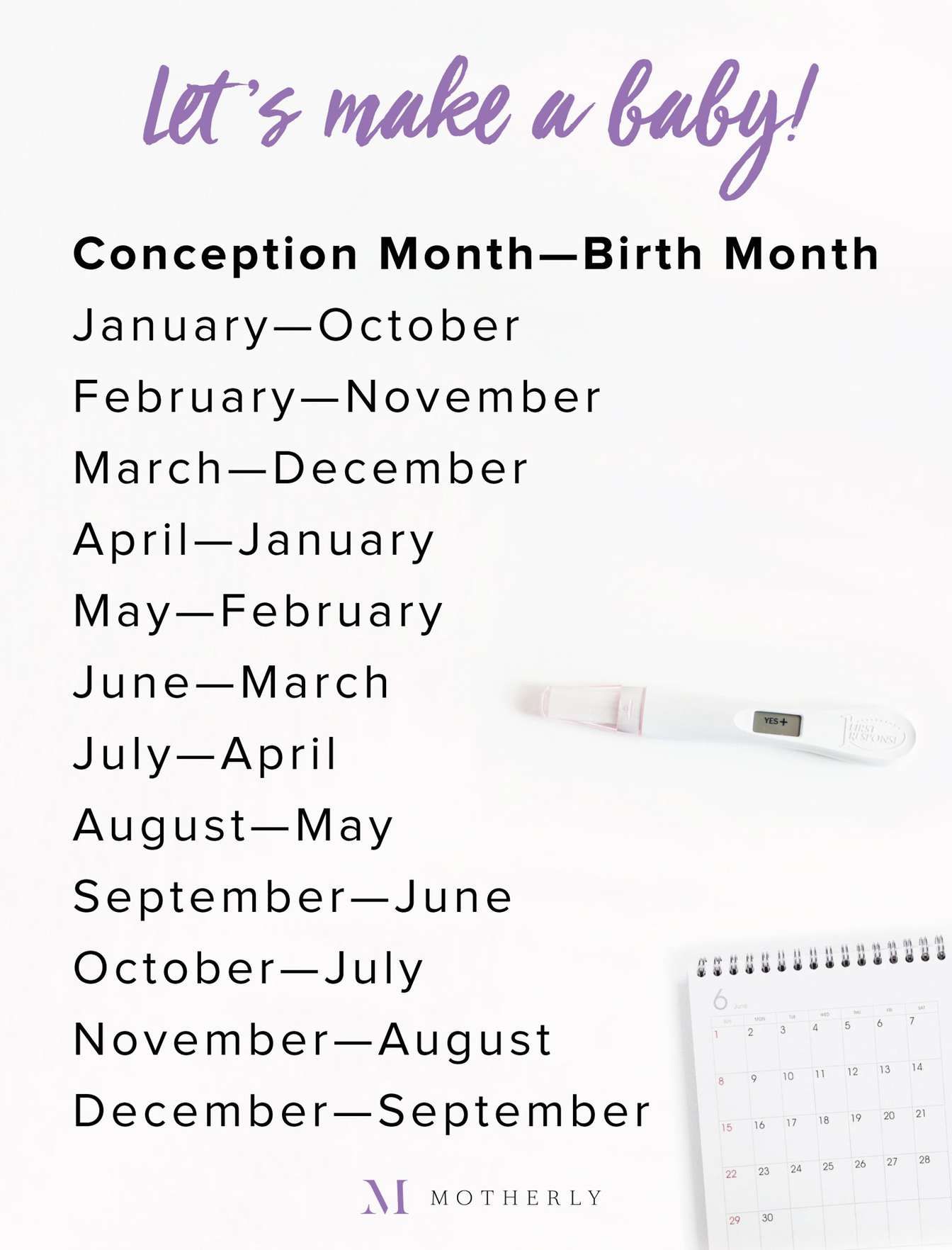
Pregnancy Conception Calculator: A Comprehensive Guide to Understanding Your Fertile Window
Introduction
Conceiving a child is a momentous journey that requires careful planning and an understanding of the intricate workings of the female reproductive system. A pregnancy conception calculator is an invaluable tool that empowers couples to optimize their chances of conceiving by accurately predicting the most fertile days of the menstrual cycle. This article delves into the intricacies of pregnancy conception calculators, providing a comprehensive guide to their use and interpretation.
Understanding the Menstrual Cycle
The menstrual cycle is a complex hormonal process that governs the preparation of the uterus for pregnancy. It typically lasts for 28 days, although variations are common. The cycle begins with menstruation, which is the shedding of the uterine lining. This is followed by the follicular phase, during which an egg matures within a follicle in one of the ovaries.
The follicular phase ends with ovulation, which is the release of the mature egg from the ovary. Ovulation typically occurs around day 14 of a 28-day cycle, but it can vary from woman to woman. After ovulation, the egg travels down the fallopian tube, where it can be fertilized by sperm.
The Fertile Window
The fertile window is the period during the menstrual cycle when conception is most likely to occur. It encompasses the five days leading up to ovulation and the day of ovulation itself. This is because sperm can survive in the female reproductive tract for up to five days, while the egg can remain viable for up to 24 hours after ovulation.
Pregnancy Conception Calculators
Pregnancy conception calculators utilize a woman’s menstrual history to estimate the most fertile days of her cycle. They typically require the following information:
- Last menstrual period (LMP): The first day of the last menstrual period.
- Cycle length: The average number of days between the first day of one menstrual period and the first day of the next.
- Ovulation signs: Any physical symptoms or changes that indicate ovulation, such as mittelschmerz (ovulation pain) or cervical mucus changes.
How Pregnancy Conception Calculators Work
Pregnancy conception calculators use algorithms based on the average menstrual cycle length and ovulation timing to predict the fertile window. They typically calculate the following:
- Ovulation date: The estimated day of ovulation.
- Fertile window: The five days leading up to ovulation and the day of ovulation itself.
- Most fertile days: The two to three days before ovulation, when conception is most likely to occur.
Interpreting Pregnancy Conception Calculator Results
Pregnancy conception calculators provide valuable information, but it’s important to interpret the results correctly. Here are some key points to consider:
- Estimated ovulation date: The calculated ovulation date is an estimate, and actual ovulation may occur a few days earlier or later.
- Fertile window: The fertile window is a broad estimate, and conception can still occur outside of this window.
- Most fertile days: While the most fertile days are identified, conception can occur on any day during the fertile window.
Limitations of Pregnancy Conception Calculators
Pregnancy conception calculators are not foolproof and have certain limitations:
- Irregular cycles: Women with irregular cycles may find it difficult to accurately predict their fertile window using a calculator.
- Hormonal imbalances: Hormonal imbalances can affect ovulation timing, making it difficult to rely solely on a calculator.
- Medical conditions: Certain medical conditions, such as polycystic ovary syndrome (PCOS), can disrupt the menstrual cycle and make it difficult to use a calculator effectively.
Additional Tips for Maximizing Fertility
In addition to using a pregnancy conception calculator, there are several other steps couples can take to maximize their fertility:
- Track ovulation: Use ovulation predictor kits or monitor cervical mucus changes to identify the most fertile days.
- Time intercourse: Aim for intercourse every other day during the fertile window, with more frequent intercourse closer to ovulation.
- Maintain a healthy weight: Being overweight or underweight can affect fertility.
- Quit smoking: Smoking damages eggs and sperm, reducing fertility.
- Limit alcohol and caffeine: Excessive alcohol and caffeine consumption can interfere with ovulation.
- Get enough sleep: Sleep deprivation can disrupt hormonal balance and affect fertility.
Conclusion
Pregnancy conception calculators are valuable tools that can help couples optimize their chances of conceiving. By understanding the menstrual cycle, the fertile window, and the limitations of calculators, couples can make informed decisions about their reproductive health and increase their chances of starting a family. Remember, conception is a complex process, and it may take time and effort to achieve pregnancy. If you have concerns or are experiencing difficulties conceiving, consult with a healthcare professional for personalized advice and support.